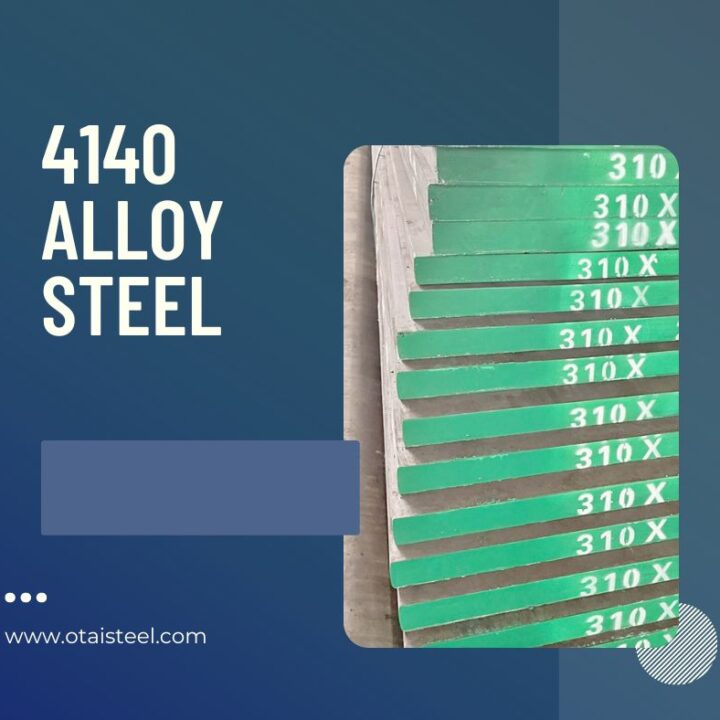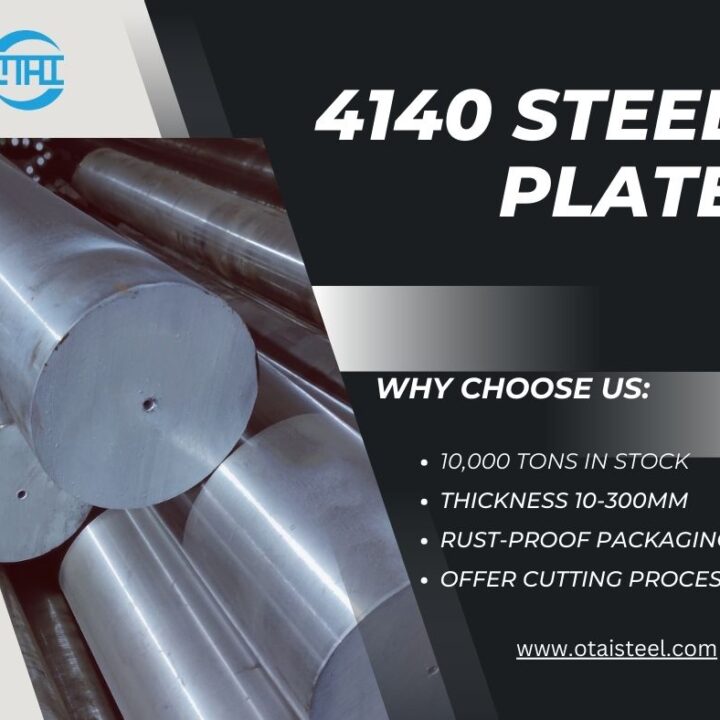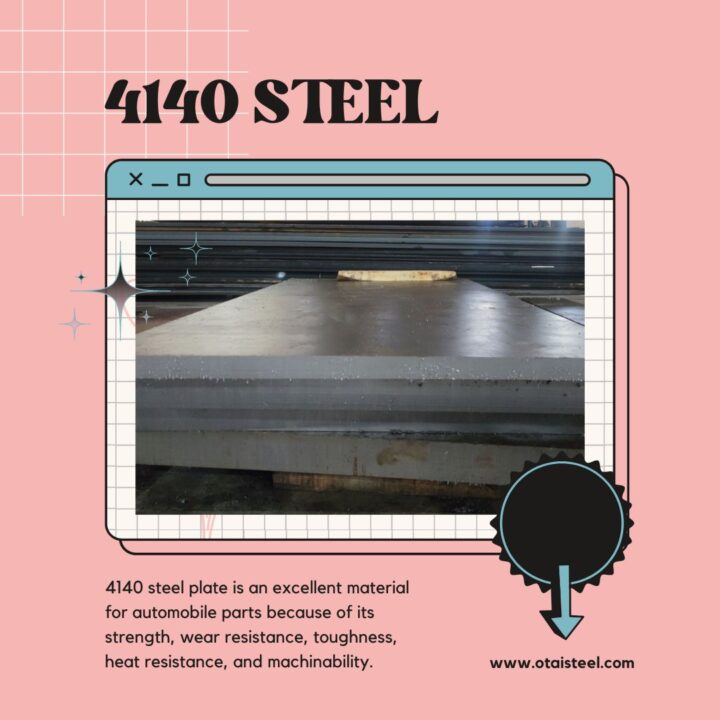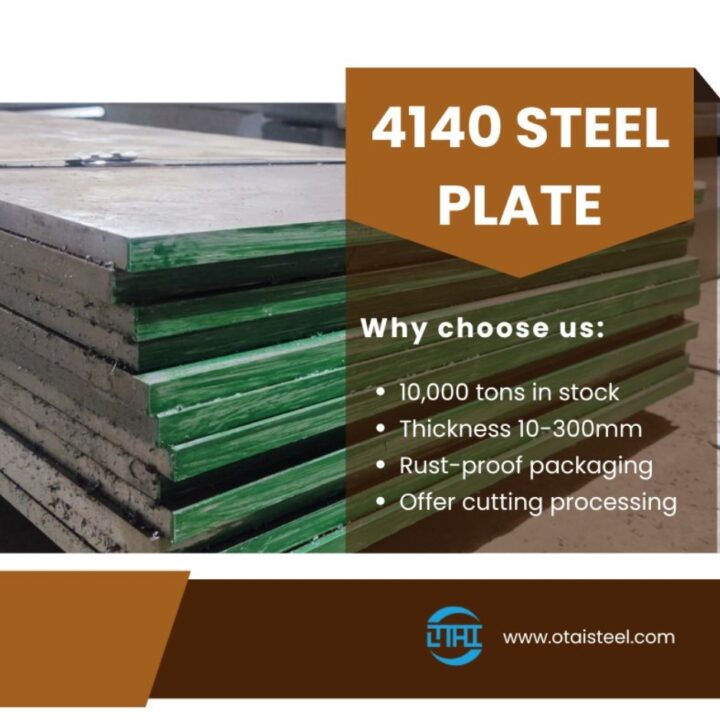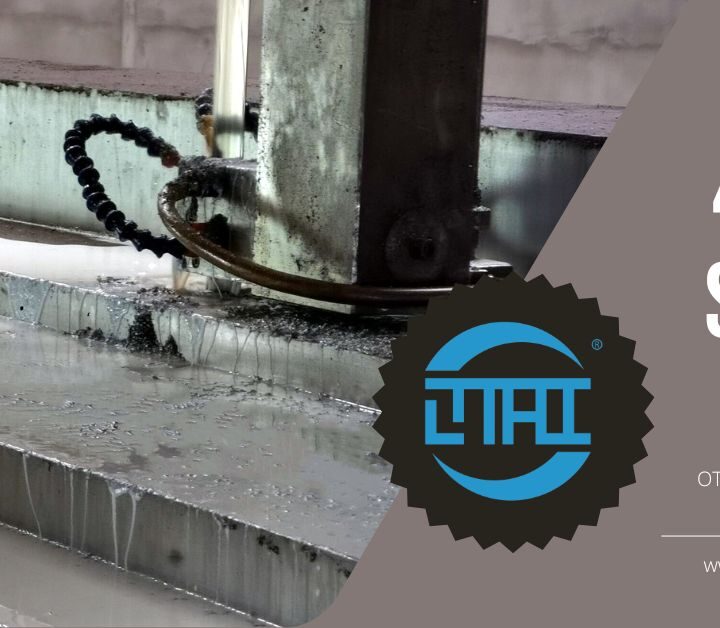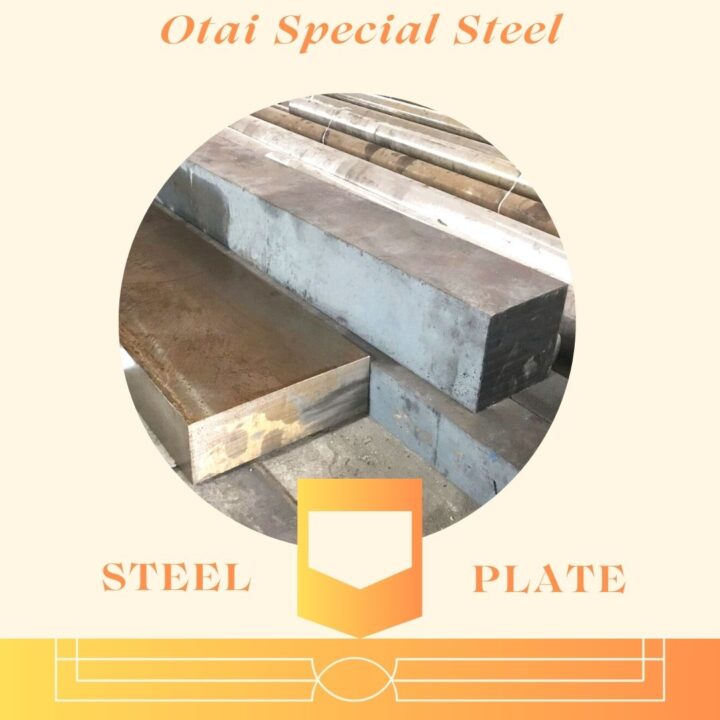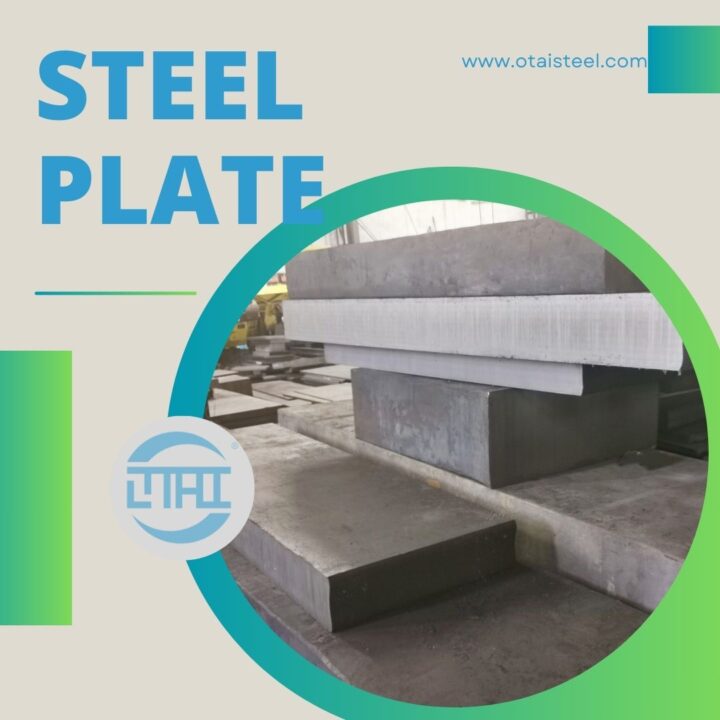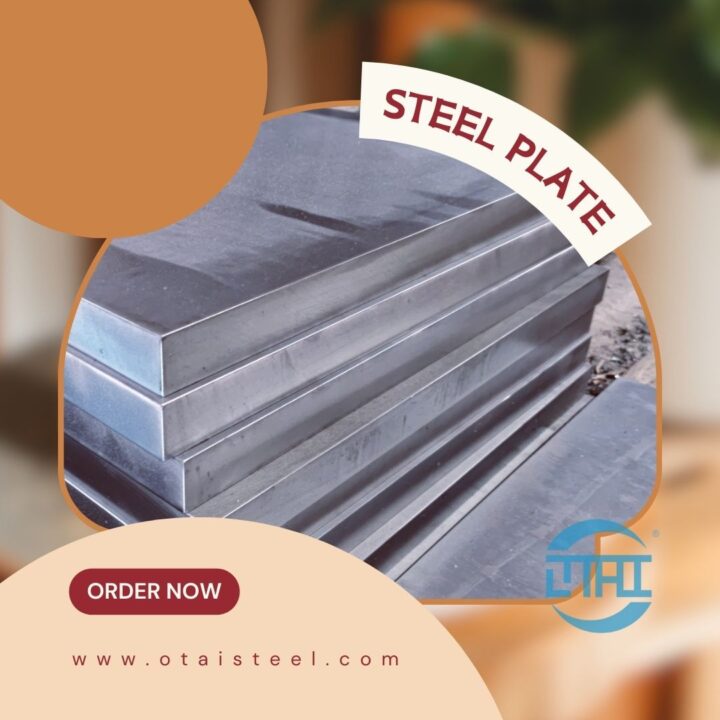Turbines play a crucial role in power generation, converting various forms of energy into electricity. The efficiency and reliability of turbines depend on the materials used in their construction. In recent years, the use of 4140 steel has gained prominence for fabricating high-performance turbine components. (4140 steel in the fabrication)
Properties of 4140 Steel
The properties of 4140 steel make it highly suitable for turbine component fabrication. It offers high tensile strength, good fatigue resistance, and excellent wear resistance. The steel can withstand high temperatures and exhibits favorable machinability, allowing for complex shapes and precise manufacturing.
Application of 4140 Steel in Turbine Components
The exceptional properties of 4140 steel make it an ideal choice for fabricating turbine components. Its high tensile strength allows for the design of lightweight components without sacrificing structural integrity. The steel’s toughness and resistance to fatigue ensure long-term durability, even under cyclic loading. Additionally, its wear resistance enables turbine components to withstand abrasive environments.
Benefits of Using 4140 Steel
The use of 4140 steel in turbine component fabrication offers several benefits. Firstly, its high strength-to-weight ratio allows for the design of more efficient turbines, leading to improved energy conversion. Secondly, the steel’s superior toughness and fatigue resistance increase the reliability and lifespan of turbine components, minimizing downtime and maintenance costs. Finally, its excellent machinability facilitates the manufacturing process, enabling complex geometries and reducing production time.
Challenges and Considerations
While 4140 steel exhibits remarkable properties, certain challenges and considerations must be addressed during its application in turbine component fabrication. Heat treatment and precise control of manufacturing processes are critical to achieving the desired mechanical properties. The steel’s susceptibility to corrosion requires proper surface protection and maintenance strategies. Additionally, cost considerations and availability of the material should be evaluated.
Manufacturing Processes
The manufacturing processes for turbine components using 4140 steel involve several stages. These include material selection, forging or casting, machining, heat treatment, and surface finishing. Each step requires careful attention to ensure the desired properties and dimensional accuracy of the components.
Quality Control and Testing
Stringent quality control measures and testing procedures are essential to ensure the performance and integrity of turbine components made from 4140 steel. Non-destructive testing methods, such as ultrasonic and magnetic particle inspections, are employed to detect any defects or irregularities. Mechanical testing, including tensile and impact tests, confirms the material’s compliance with specified standards.
Future Developments
The use of 4140 steel in the fabrication of high-performance turbine components is expected to continue evolving. Ongoing research and development aim to enhance its properties further, leading to improved performance and efficiency. Advanced manufacturing techniques, such as additive manufacturing, may also offer new possibilities for the production of complex turbine components.
The use of 4140 steel enables the production of efficient, reliable, and long-lasting turbine systems, contributing to sustainable power generation.
